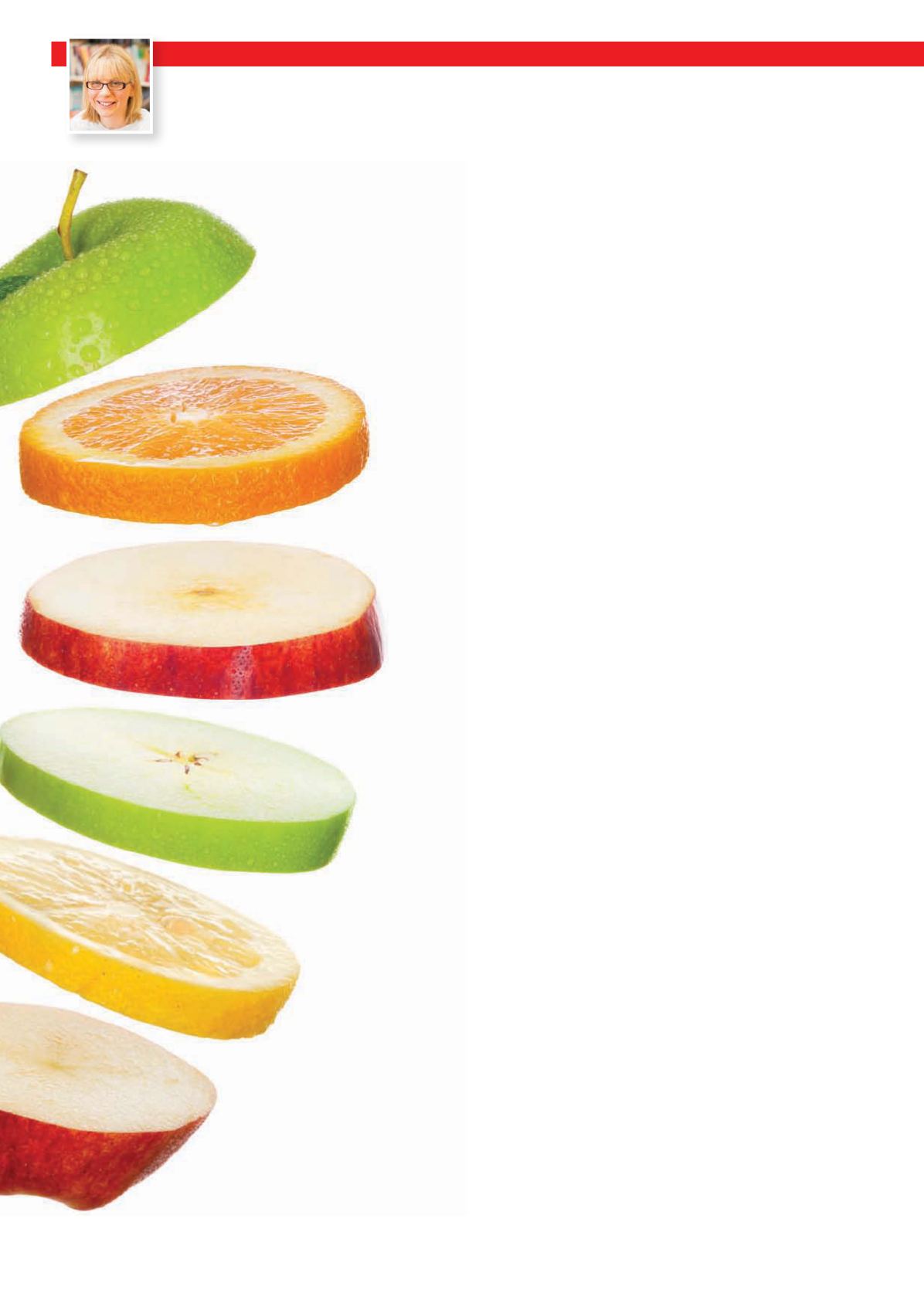
W
henwe talk about
the ‘more able’,
what do
we reallymean?
Howhelpful is
this type of description and how
do these definitions affect
children’s (and teachers’)
perceptions of themselves as
learners and individuals?
In a recent discussionwith some
KS2 pupils, a boy revealed tome
that he knew the reading groups in his
classwere organised by ability. The
groupswere all named after famous
authors, and the child began to try and
assign the quality of the author’swork
to the ability of the children, whichwas
either ‘high’ or ‘low’.
Despite the teacher’s best efforts
tomask the fact that children had been
put into sets, the pupils understood they
had been grouped according to their
perceived abilities. For the KS2 boy, this
had implications both for his perception
of himself, and his opinion of the other
children in his class.
This is not to say that children all have
the same level of ability, but the ‘more’ or
‘less’ able in our classrooms are context
dependent, and strengths andweaknesses
shift depending on the experiences and
provision educatorsmake available.
So howdo educators support all children
tomake progress, attend to each child’s
specific needs and ensure high aspirations?
The following suggestions ensure quality-
first teaching that will support and stretch
all learners, aswell as challenging the
‘more able’.
50
TEACH READING & WRITING
Setin
yourways
Want tostretchyourmoreable
readersatKS2?Thenstartby
removing the limits for all learners,
says
KatieMyles...
Buildapositive
learningculture
■
Think beyond levels and labels. The
post-levels environment gives us the
opportunity to frame the language of
assessment differently and to think
about howwe positively communicate
with children and parents about attainment,
progress and development – all of which
helps teachers tomove beyond confining
children to ability groupings.
■
At the CLPE, we have developed The
Reading andWriting Scales (tinyurl.com/
clpescales) – a free resource that describes
the journeys childrenmake in order to become
literate. Each scale offers a description of the
observable behaviours of pupils at different
stages, rather thanmaking a single judgement
as towhether the children aremore or less
able in the subject. This kind of resource
provides formative information to support
children’s progress.
■
Build onwhat children knowand can do.
Teachers need to use formative assessment
information to informtheir planning, and
consider the practice and provision that will
take children to the next phase of their
development. This creates high aspirations
for all and supports all students tomake
progress, whatever their starting point.
Expandchildren’s
experienceof
literature
■
Maintain a rich reading programme that will
nurture children’s increasing knowledge and
understanding of literature. Thiswill ensure
KATIEMYLES
isaprimaryadvisory teacher at theCentre for Literacy inPrimaryEducation (CLPE)


